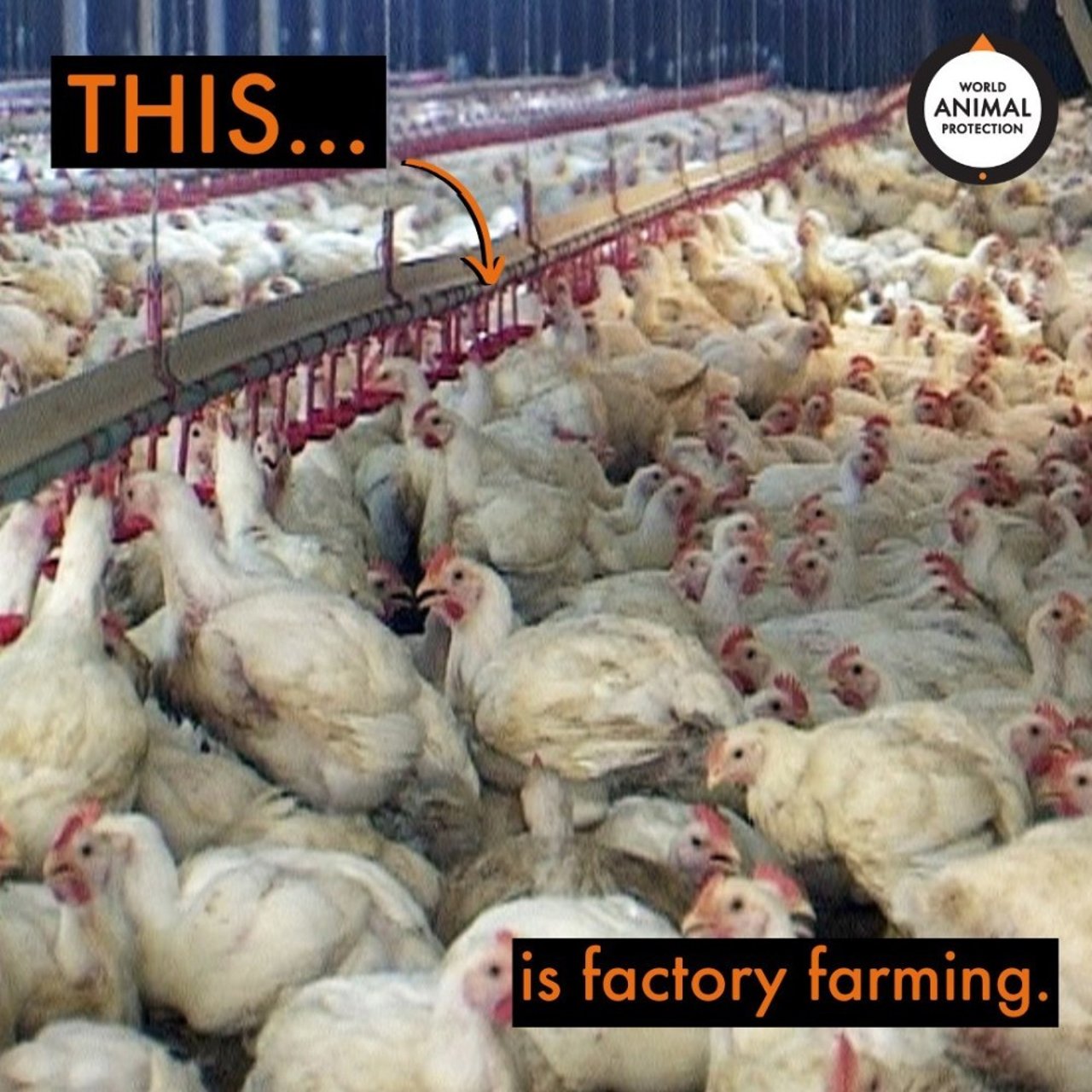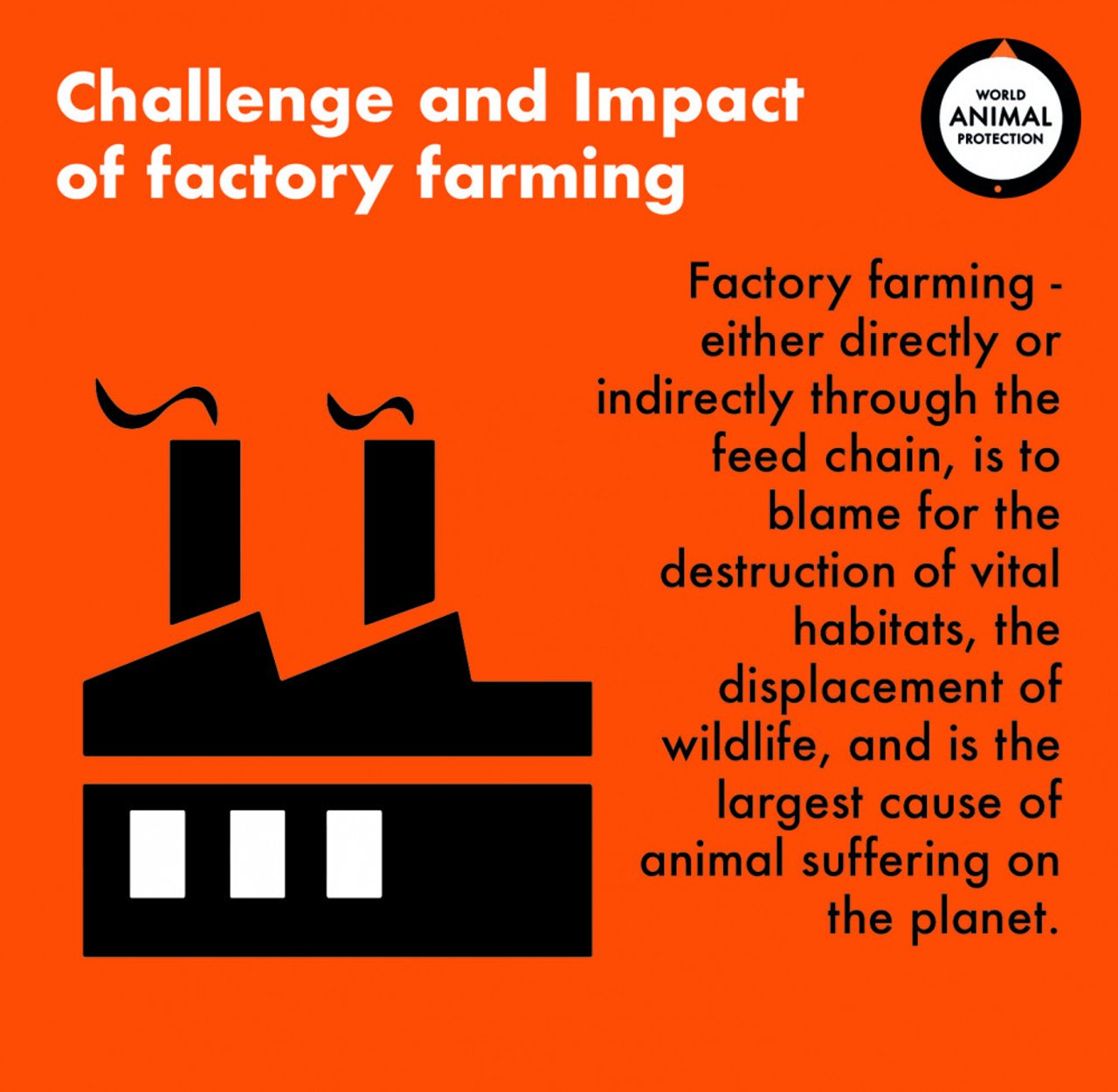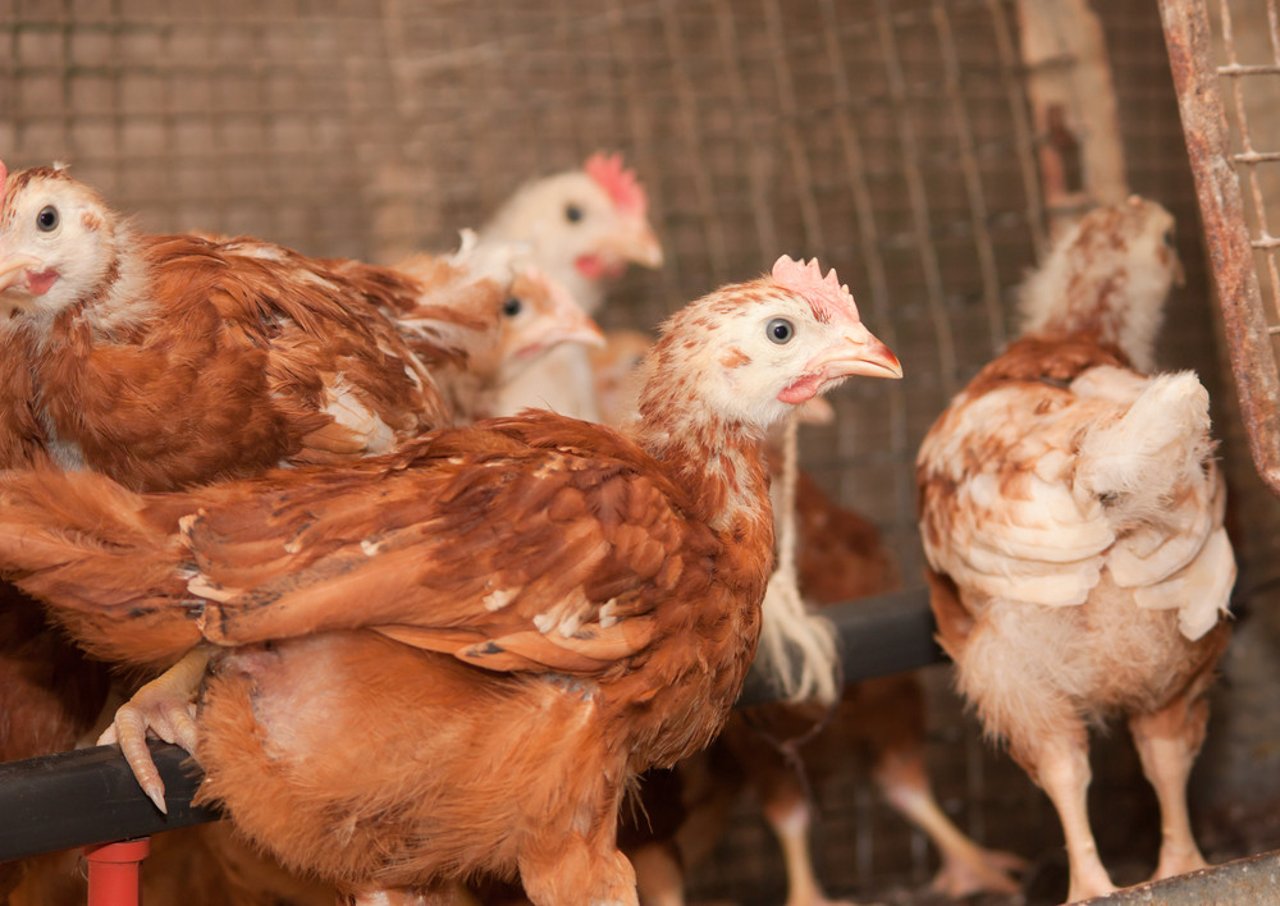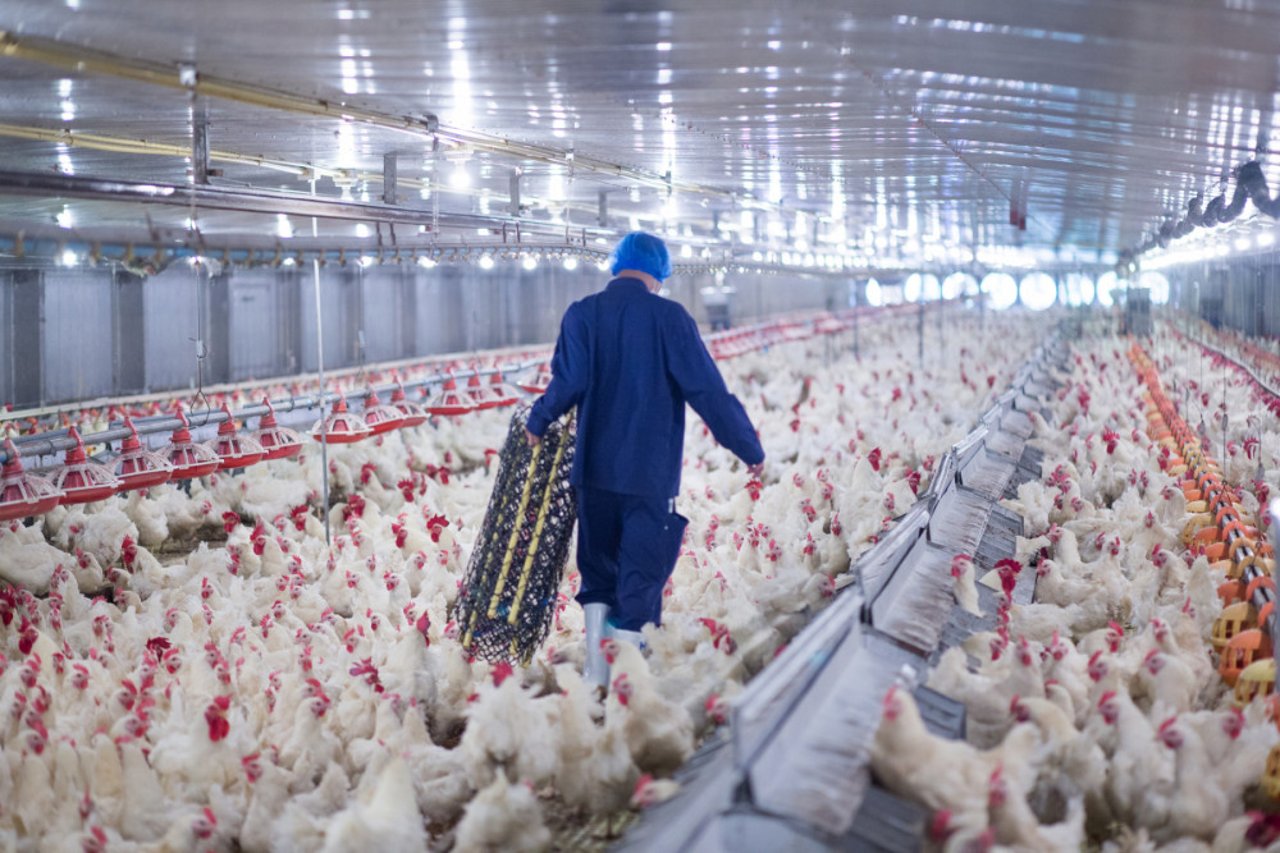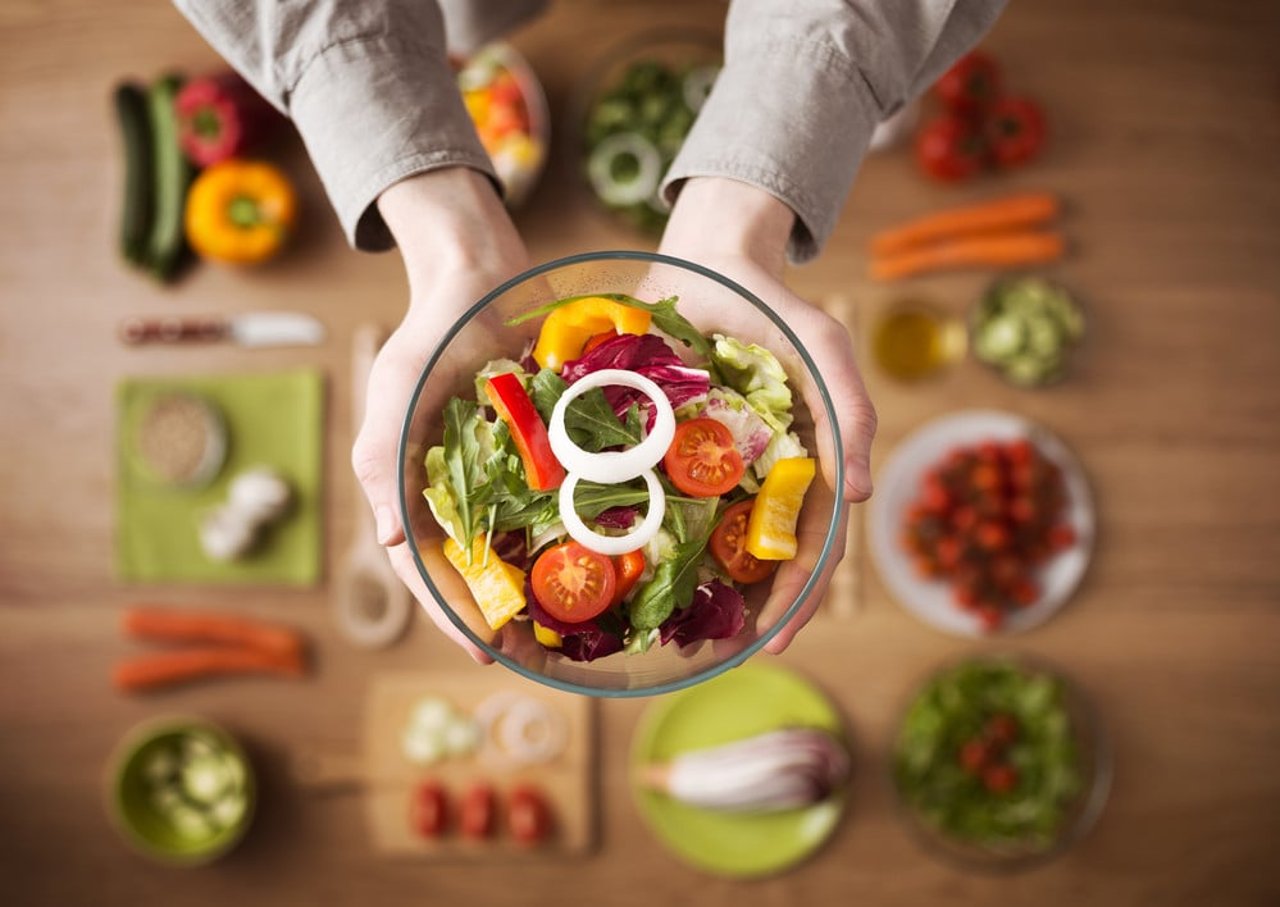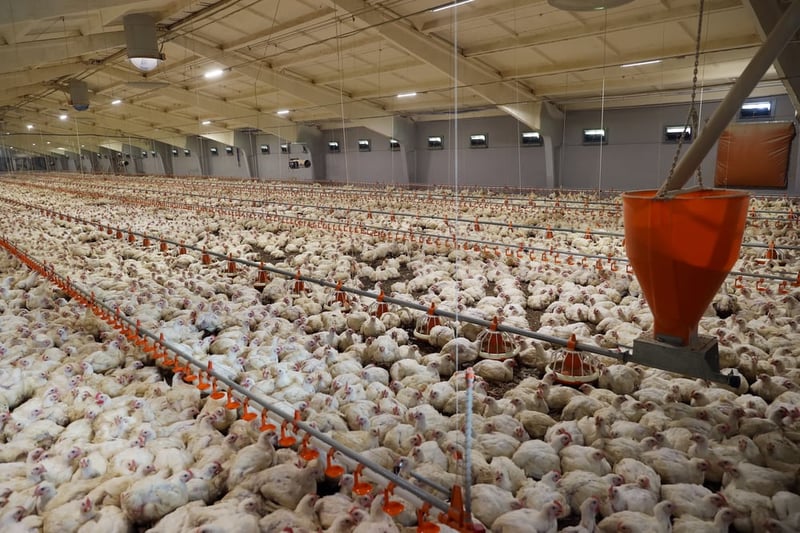
In recent years, the concept of sustainable meat or sustainable animal food products has been a topic of debate. One of the main arguments against the sustainability of animal farming is the fact that it requires large amounts of land, water, and other resources to produce a relatively small amount of food.
The current trends in the consumption of animal-based products
Factory farms breed, raise, and slaughter animals to produce products such as meat, eggs, milk, butter, and cheese for our consumption. These animals are typically kept in huge numbers in confined spaces, with little or no access to the outdoors. Some of them live and die in these horrible places. It is obvious that animals in these systems are suffering but these farms also adversely affect our resources.
According to the FAO, in 2019, global meat production was estimated to be around 334 million tonnes. Similarly, other animal products like milk, eggs, butter and cheese are produced in millions of tonnes globally every year. India alone consumed over 3.9 million metric tons of poultry in a year. These numbers are expected to grow as the world’s population gets richer. As our income per capita increases, so does the demand for animal-source foods such as meat, eggs, and dairy products. This is because, as people become more affluent, they can afford to consume more meat and other animal-based products.
How animal farming is a strain on our water resources?
This increasing demand for meat, butter, milk, eggs and other animal-based products will put a strain on land and water resources.
The water footprint for meat and dairy production is significantly higher than that of crops. Water footprint is a measure of the total volume of water used to produce a product. It not only
measures the volume of water used but also the quality and availability of that water, as well as the impacts on ecosystems and water resources. When the global human community is already facing water scarcity, the production of various kinds of animal products to support a comparatively small population of the world can be damning. According to the Water Footprint Network, the global average water footprint for beef is 15,415 litres per kilogram, while for chicken it is 4,325 litres per kilogram. That means, it takes 4,325 litres of water to produce 1 kg of chicken. In comparison, the water footprint for plant-based crops is much lower.
Imagine, how much crop we can produce from more than 15000 litres of water since the water footprint for wheat is at a measly 1,857 litres per kilogram. Other crops like rice and soybean have similar but slightly higher water footprints than wheat.
These numbers show the significant difference in water use between animal-based and plant-based products. This is because animal farming requires large amounts of water for the production of feed crops, as well as for providing drinking water for the animals.
How animal farming is a strain on our land resources?
Animal farming is essentially bleeding out our land and water resources.
To support the vast numbers of livestock, large areas of land are also required. Forests are cleared to make patches of land that will be used for grazing, producing feed crops and the construction of facilities such as barns and feedlots for animals. This type of land use has bad effects on soil health and contributes to land degradation. Animal farming is responsible for around 70% of global deforestation. In contrast, it only provides around 18% of the world's calorie supply.
This is significantly lower than plant-based crops, which provide around 80% of the world's calorie supply, yet they require less land.
This is a clear indication of how much land is being wasted in animal farming, while the world's population is increasing and the demand for food is growing.
Utilising our Resources for Feeding the World's Growing Population
What does a million-people crowd look like in your head? Now try to imagine a crowd of 800 million people. That’s about how many people were reported to be suffering from undernourishment.
795 million people in the world were suffering from chronic undernourishment in the years 2014-2016. Meanwhile, in 2019, around 700 million tonnes of feed was produced globally to feed farm animals. This feed is mostly composed of crops such as corn, soybeans, and barley. Crops, that are a staple for humans in many places of the world. This highlights the inefficiency of using crops to feed animals rather than feeding them directly to people.
Our land, water and other resources used to produce feed crops could be used to produce food crops to feed the population.
Is there such a thing as sustainable meat/ sustainable animal farming?
In recent years, the concept of sustainable meat or sustainable animal food products has been a topic of debate. One of the main arguments against the sustainability of animal farming is the fact that it requires large amounts of land, water, and other resources to produce a relatively small amount of food.
The energy conversion ratio is the amount of energy required to produce a certain amount of food. This ratio is much higher for meat than for plant-based products i.e. we have to put a lot more energy (in terms of food, water etc) into producing meat than the energy we obtain from it by consuming that meat.
According to a study by the University of Oxford, producing 1 calorie of beef requires around 20 times more energy than producing 1 calorie of vegetables. Essentially, we are putting more resources and energy into rearing animals for food and reaping significantly less output.
How is this sustainable?
What if the animals are raised on small-scale family-owned farms?
Surely, small-scale family-owned farms must do things differently. They may have more space for the animals. Take better care. It’s possible that some of these farms do not feed unnecessary antibiotics to their animals on a daily basis. But what about their land and water use? More space for the animals to move around means more land use. Essentially, less number of animals are raised on a relatively larger area of land.
Here, it's important to note that sustainable meat production is not only dependent on the production method but also on the location of animal farms, management practices employed, and the type of animal reared.
In a nutshell, small-scale animal farms are not more sustainable than large-scale animal farms.
Even with the best management practices, the environmental impact of animal farming will still be significant compared to plant-based food production.
How can we help?
To reduce the negative impact of animal farming on our resources, it is important to take action on multiple fronts.
· First, we can make a conscious choice to reduce or eliminate the consumption of animal-based foods and opt for more plant-based options.
· We need to make our voices heard at the level of policy-making to see real changes. Advocating for policy changes that promote sustainable and ethical food production at the local, national and international levels is crucial.
· Supporting organizations and initiatives that promote sustainable and ethical food production, and choosing products from companies that prioritize sustainability and animal welfare in their practices are ways to make a positive impact.
· Encouraging our friends, families, and peers to make more conscious choices about their food and their impact on the environment and animals is also a critical aspect of creating a more sustainable future for us and our loved ones.
References:
1. Water Footprint Network. (n.d.). Retrieved from https://www.waterfootprint.org/en/water-footprint/product-water-footpri…
2. Mekonnen, M. M., & Hoekstra, A. Y. (2012). The green, blue and grey water footprint of farm animals and animal products. Hydrobiologia, 695(1), 223-241.
3. Mekonnen, M. M., & Hoekstra, A. Y. (2011). The water footprint of poultry, pork and beef: A comparison. Water Resources Management, 25(9), 2249-2261.
4. The Food and Agriculture Organization of the United Nations (FAO). (2019). The State of Food and Agriculture. Retrieved from http://www.fao.org/3/ca5162en/CA5162EN.pdf
5. The Water Footprint Network. (n.d.). Retrieved from https://www.waterfootprint.org/en/water-footprint/product-water-footpri…
6. The United Nations Food and Agriculture Organization (FAO). (n.d.). The Livestock Sector and Climate Change. Retrieved from http://www.fao.org/3/a-i3437e.pdf
7. Oxford Martin Programme on the Future of Food. (2016). The Future of Food: How What We Eat Shapes Our Planet. Retrieved from https://www.futureoffood.ox.ac.uk/sites/default/files/The%20Future%20of…
8. Food and Agriculture Organization of the United Nations (FAO). (n.d.). Livestock in the Balance. Retrieved from http://www.fao.org/3/a-i3597e.pdf
9. Godfray, H. C., Beddington, J. R., Crute, I. R., Haddad, L., Lawrence, D., Muir, J. F., ... & Toulmin, C. (2010). Food security: the challenge of feeding 9 billion people. Science, 327(5967), 812-818. 10. Statista- https://www.statista.com/statistics/912285/india-consumption-value-of-m… 11. Our world in data- https://ourworldindata.org/agricultural-land-by-global-diets
12. Five ways to be kind to Farm animals- https://www.worldanimalprotection.org.in/blogs/five-ways-be-kind-farm-a…
About the Volunteer --- Tamanna Antil is a Research Intern at Public Health Foundation of India and Community Outreach Coordinator at Asha Foundation
